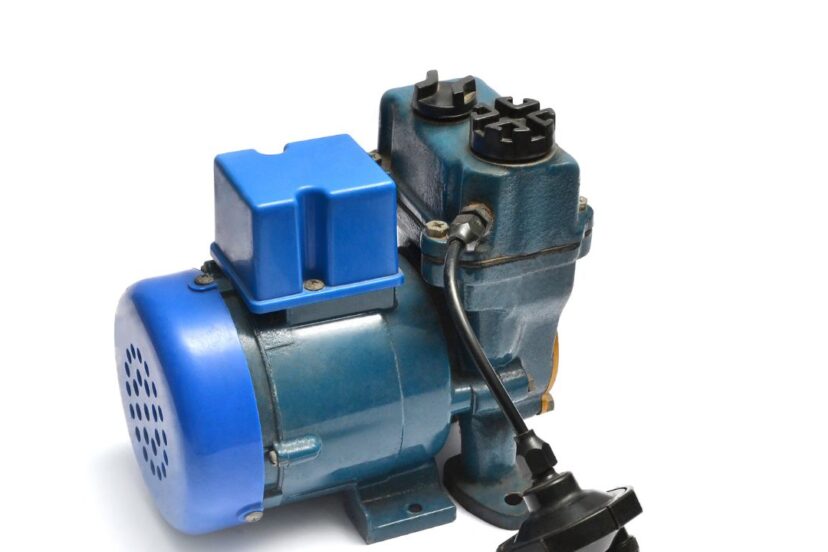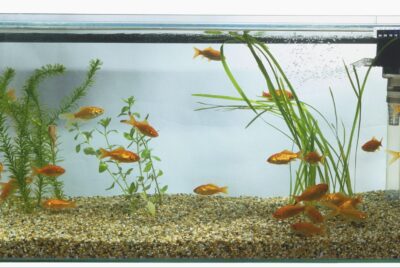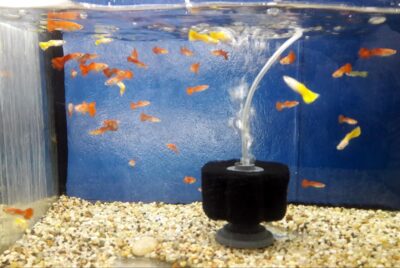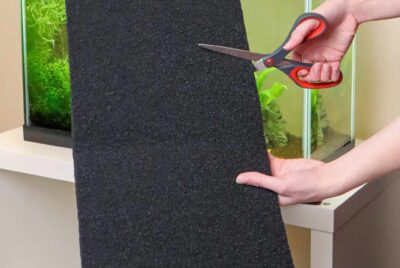Aquarium Water Pump External
As a passionate fishkeeping enthusiast, I understand the importance of maintaining a healthy and thriving aquarium environment. One key component that plays a vital role in achieving this is an external water pump. In this article, we will explore the benefits of using an external water pump in your aquarium and provide valuable insights into choosing the right pump for your needs.
Factors to Consider When Choosing an External Water Pump
Flow Rate and Capacity
To ensure optimal water circulation, it is crucial to select an external water pump that matches the size of your aquarium. The flow rate of the pump should be tailored to the volume of your tank, allowing for efficient water turnover. By choosing a pump with the appropriate capacity, you can maintain a healthy and balanced aquatic ecosystem.
Energy Efficiency
In today’s world, energy efficiency is a paramount consideration. Opting for an energy-efficient water pump not only benefits the environment but also reduces electricity costs. Look for pumps with high energy efficiency ratings, as they will help you achieve a greener and more cost-effective fishkeeping experience.
Noise Level
Creating a serene and peaceful environment for your aquatic companions is essential. No one wants a noisy water pump disturbing the tranquility of their aquarium. When selecting an external pump, pay attention to its noise level. Look for pumps specifically designed to minimize noise or those with low decibel ratings to ensure a peaceful underwater experience.
Durability and Reliability
The last thing any aquarist wants is a malfunctioning water pump. Choosing a durable and reliable external pump is crucial to avoid disruptions in the aquarium ecosystem. Look for pumps made from high-quality materials and backed by positive customer reviews to ensure long-lasting performance.
Benefits of Using an External Water Pump
Improved Water Circulation
Proper water circulation is crucial for maintaining a healthy and thriving aquarium. An external water pump plays a vital role in achieving optimal water movement and circulation. By strategically placing the pump, you can create a continuous flow pattern that ensures every corner of the aquarium receives fresh, oxygen-rich water.
Improved water circulation has several benefits for your aquatic ecosystem. It helps distribute nutrients more evenly, ensuring that all plants and corals receive the necessary elements for growth and vitality. Additionally, proper water circulation prevents the formation of stagnant areas where debris can accumulate, reducing the risk of harmful bacteria growth and algae outbreaks.
Furthermore, consistent water movement promotes gas exchange at the water’s surface, facilitating the transfer of oxygen into the water and the release of carbon dioxide. This is particularly beneficial for fish, as it helps maintain healthy oxygen levels and ensures their respiratory needs are met.
Enhanced Filtration Efficiency
Filtration is a critical aspect of aquarium maintenance, as it removes toxins, waste, and other impurities from the water. An external water pump can significantly improve the effectiveness of your filtration system by increasing water flow and turnover.
When water flows through the filtration media at a higher rate, it allows for more efficient removal of debris, organic waste, and uneaten food particles. This reduces the workload on the filter and helps prevent clogging, ensuring that your filtration system operates optimally.
In addition to mechanical filtration, enhanced water flow promotes biological filtration by providing a steady supply of oxygen and nutrients to beneficial bacteria colonies. These bacteria play a vital role in breaking down harmful substances, such as ammonia and nitrites, into less toxic compounds. With improved water circulation, the beneficial bacteria can thrive, leading to a more stable and balanced aquarium environment.
Flexibility in Aquascape Design
Aquascape design is an exciting aspect of aquarium hobbyists’ creativity. With an external water pump, you gain greater flexibility in designing and arranging your aquatic landscape. Unlike internal pumps, which can limit your placement options, external pumps can be positioned outside the tank, opening up more possibilities.
The external placement of the pump allows for more efficient use of space within the aquarium. You can create intricate rock formations, intricate plant layouts, or provide ample swimming space for active fish species without the obstruction of an internal pump.
Additionally, external water pumps are often compatible with various plumbing configurations, allowing for customization to suit your specific setup. You can easily incorporate additional equipment, such as UV sterilizers or protein skimmers, into the plumbing system to enhance water quality and clarity.
Reduced Heat Transfer
Heat transfer from the motor of a water pump can have adverse effects on the aquarium’s temperature stability. Excessive heat can stress fish and other aquatic organisms, disrupt the growth of plants and corals, and even promote the growth of undesirable organisms such as algae.
External water pumps minimize heat transfer by keeping the motor outside the aquarium, reducing the impact on water temperature. This is particularly beneficial for sensitive species, such as certain tropical fish or corals, which require precise temperature control.
By maintaining stable water temperatures, an external water pump creates a more comfortable and suitable environment for your aquatic pets. It minimizes the risk of temperature fluctuations that could lead to stress, disease outbreaks, or even fish mortality.
Ease of Maintenance
Maintenance is an integral part of keeping an aquarium healthy and thriving. External water pumps offer several advantages when it comes to maintenance tasks.
Firstly, accessing and cleaning an external pump is generally easier compared to internal pumps. You don’t have to reach into the aquarium or disturb the aquascape to perform routine maintenance. Instead, you can conveniently access the pump from outside the tank, saving time and reducing stress for both you and the aquarium inhabitants.
Secondly, external pumps often come with user-friendly features designed to simplify maintenance. Many models have quick-release mechanisms or easy-to-open housings, allowing for straightforward disassembly and cleaning. Some pumps even include built-in pre-filters or strainers, which prevent large debris from entering the pump, further reducing the risk of clogs or damage.
Lastly, external pumps tend to have longer lifespans compared to internal pumps. Their external positioning protects them from the corrosive effects of saltwater or the potential damage caused by accidental water exposure. This results in fewer pump replacements and greater overall reliability.
How to Choose the Right Size for an External Water Pump
Calculating the Required Flow Rate
Determining the ideal flow rate for your aquarium involves considering its size and the desired turnover rate. To calculate the required flow rate, divide the total volume of your tank by the desired turnover rate (usually 4-6 times per hour). For example, a 50-gallon tank with a desired turnover rate of 5 times per hour would require a pump with a flow rate of 250 gallons per hour.
Determining Head Pressure
Head pressure refers to the resistance the pump encounters while pushing water through the system. It is crucial to measure head pressure accurately to select a pump capable of overcoming it. Factors such as the height and diameter of the aquarium, as well as the length and complexity of the plumbing system, contribute to head pressure. Consider these factors when choosing a pump to ensure optimal performance.
Considering Additional Features
Some external water pumps offer additional features that can enhance your aquarium experience. Adjustable flow rate settings allow you to fine-tune the water flow to match specific requirements. Variable speed settings provide even greater control, enabling you to simulate natural water currents and accommodate different aquatic species.
Maintenance and Care Tips for External Water Pumps
Regular Cleaning
To maintain the efficiency and longevity of your external water pump, regular cleaning is essential. Over time, debris can accumulate and impede the pump’s performance. Follow the manufacturer’s instructions to safely clean the pump, removing any debris or buildup.
Checking for Signs of Wear
Monitoring your water pump for signs of wear or damage is crucial. Regularly inspect the pump for any leaks, unusual noises, or diminished performance. Early detection of issues allows for timely maintenance or replacement, preventing potential failures that could harm your aquarium’s inhabitants.
Replacing Parts and Impellers
Parts and impellers may wear out over time due to regular use. When necessary, replace worn-out components to ensure optimal pump performance. Consult the pump’s manual or contact the manufacturer for guidance on sourcing and replacing parts. Following the recommended maintenance procedures will help prolong the life of your external water pump.
Conclusion
By investing in an external water pump for your aquarium, you can enjoy numerous benefits that contribute to the overall health and efficiency of your aquatic environment. From improved water circulation and enhanced filtration to flexible placement options and minimized heat transfer, the advantages are undeniable. Remember to consider factors such as flow rate, energy efficiency, noise level, and durability when selecting the right pump for your needs. By providing your aquatic pets with the optimal conditions they require, you can create a captivating underwater world for everyone to enjoy.
Frequently Asked Questions
Q: Can I use an external water pump in a small aquarium?
A: Yes, you can use an external water pump in a small aquarium as long as you choose a pump with an appropriate flow rate and consider the space available for placement.
Q: What is the average lifespan of an external water pump?
A: The average lifespan of an external water pump can vary depending on the brand, quality, and maintenance. Typically, a well-maintained pump can last several years or more.
Q: Can I install an external water pump myself, or do I need professional help?
A: With proper instructions and guidance, you can install an external water pump yourself. However, if you’re unsure or uncomfortable with the process, seeking professional assistance is always a good option.
Q: Do external water pumps require any additional accessories for installation?
A: Depending on the specific pump and your aquarium setup, you may need additional accessories such as hoses, adapters, or valves for proper installation. It is essential to check the pump’s specifications and consult the manufacturer’s recommendations.
Q: Can I use an external water pump with a saltwater aquarium?
A: Yes, external water pumps are suitable for both freshwater and saltwater aquariums. Just ensure that the materials used in the pump construction are compatible with saltwater conditions to avoid corrosion or other issues.




